Serpentine Gorge is nestled within the heart of the West MacDonnell Ranges. Serpentine Gorge is a stunning natural wonder that gives visitors a glimpse into Central Australia. This secluded gorge is a must-see for hikers, nature lovers and those seeking peace and quiet away from the crowds. With red cliffs, a still waterhole and plenty of native wildlife, Serpentine Gorge is a must-stop on the famous Larapinta Trail.
Nature, History, and Beauty
Serpentine Gorge is a picturesque and remote gorge on the Larapinta Trail, within the West MacDonnell National Park in the Northern Territory of Australia. The gorge is named after the snake-like patterns the creek cuts through the sandstone rock. Unlike some of the bigger gorges in the area, Serpentine Gorge is peaceful and untouched, making it perfect for those who want solitude and natural beauty. The permanent waterhole at the bottom of the gorge, shaded by vertical rock walls, is a lifeline for the area’s wildlife, making it a great spot for wildlife watching and photography.
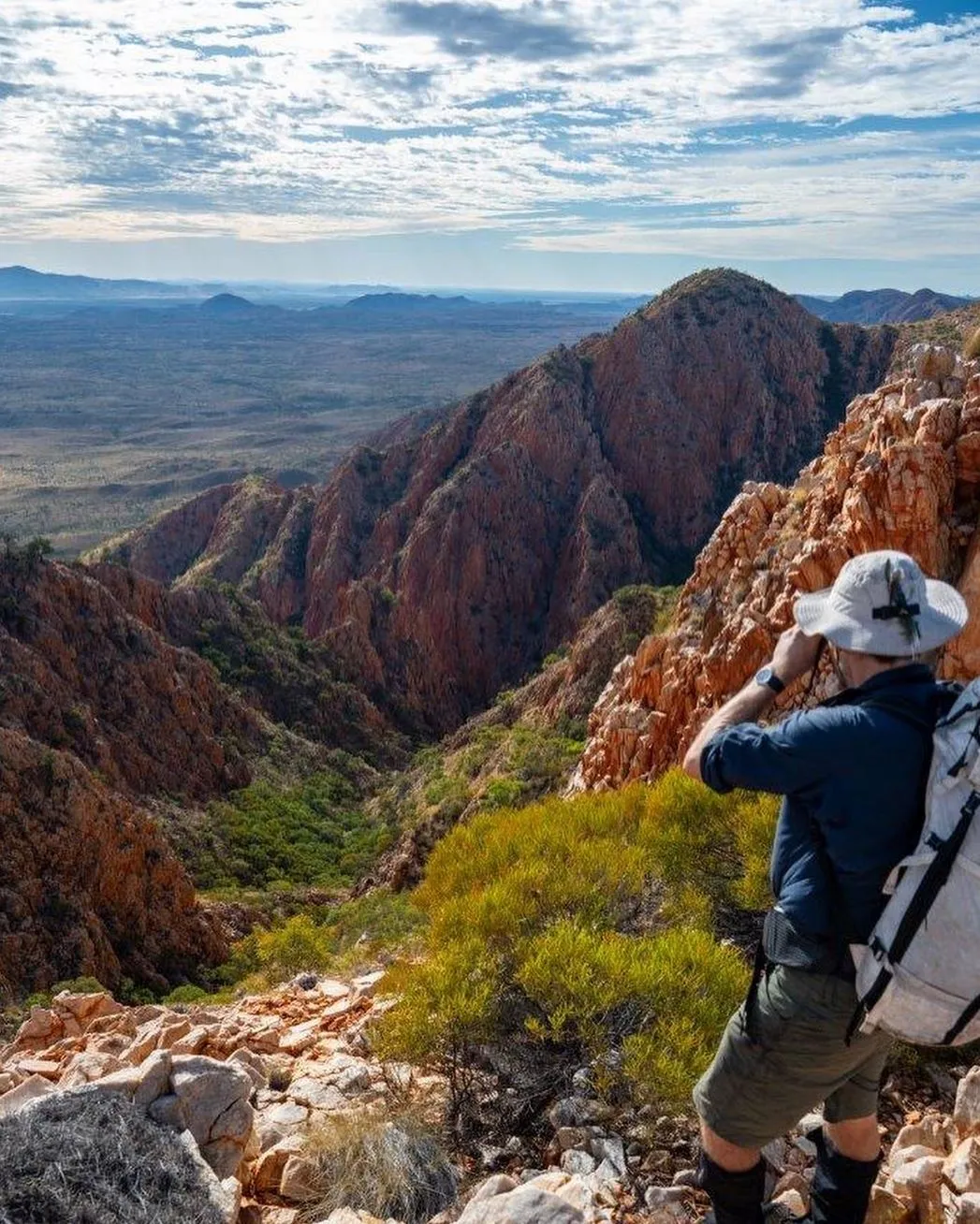
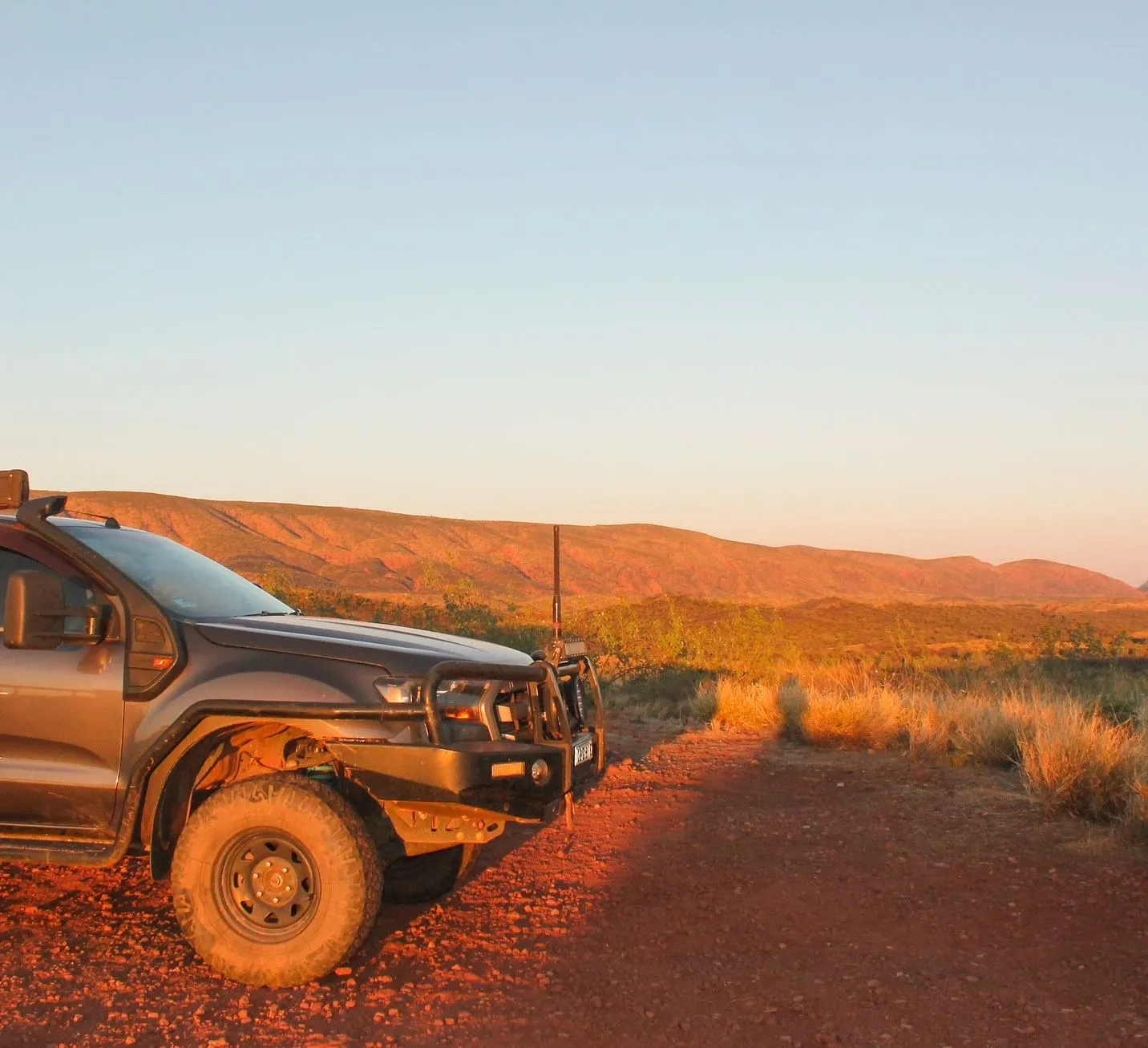
Getting to the Gorge
Serpentine Gorge is 100 km west of Alice Springs on Namatjira Drive. Access to the gorge is a short drive off the main road via a dirt track, suitable for most 2WD vehicles in dry conditions. In wet weather the track may be impassable and a 4WD vehicle is recommended. From the car park you have a short but sweet walk to the gorge and waterhole. For those walking the 231-km-long Larapinta Trail, Serpentine Gorge is a big rest stop along the way.
Best Time to Visit
The best time to visit is from April to September. Hiking and outdoor activities are more comfortable during this time. Summer (October to March) is very hot with temperatures often above 40°C (104°F). Visiting in the cooler months also ensures the permanent waterholes have some water in them and more wildlife will be around.
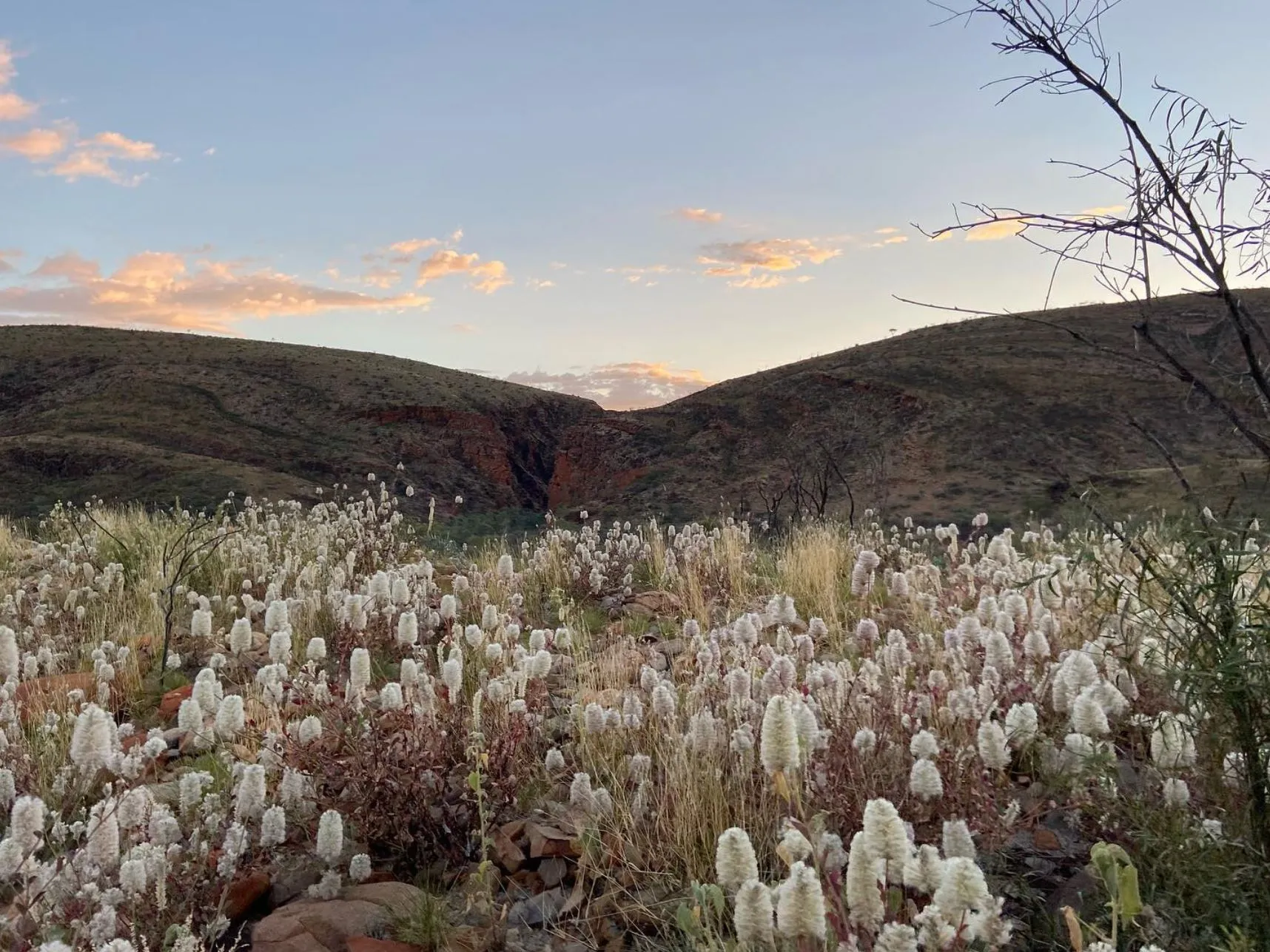
Top Reasons to Visit
Serpentine Gorge offers a real Outback experience untouched by mass tourism. Whether you want to hike through beautiful landscapes, learn about Aboriginal culture or just get away from it all, this is the place. The red cliffs, waterhole and unique geology make it a photographer and nature lover’s paradise. And being on the Larapinta Trail it’s a great stop-over for trekkers exploring the ancient landscape of the region.
Flora and Fauna
The ecosystem of Serpentine Gorge is diverse. The waterhole is home to many bird species including zebra finches, spinifex pigeons and honeyeaters. The bush is home to rock wallabies, dingoes and perentie lizards. The flora of the area is interesting too with ghost gums, spinifex grass and mulga trees all hardy plants adapted to the harsh desert environments. In the cooler months wildflowers bloom adding colour to the otherwise rugged terrain.

A Quiet Retreat
Unlike Simpsons Gap or Standley Chasm Serpentine Gorge is a hidden gem where you can get away from it all. The big rock walls and shaded waterhole create a serene atmosphere making it perfect for meditation, relaxation and quiet contemplation. The gorge’s remote location means it’s never crowded so you can have a quiet retreat to connect with nature.

Rich Aboriginal Culture
The area around Serpentine Gorge is sacred to the Arrernte people, the traditional owners of the land. Indigenous rock art and sacred sites are in the area, thousands of years of Aboriginal history and connection to the land. Visitors are asked to respect the cultural heritage of the site by staying on marked trails and not disturbing any artifacts. Learning about the special meaning of the Dreamtime stories and traditional customs of the Arrernte people will add a deep spiritual dimension to your visit.
Wildlife Spotting
Serpentine Gorge is a wildlife lover’s heaven. The still water of the gorge attracts animals especially during the dry season when water is scarce. Early morning and late afternoon are the best times to see wallabies, eagles and even rare reptiles. Birdwatchers will love the variety of species that live in the area making it a great spot for photography and observation.
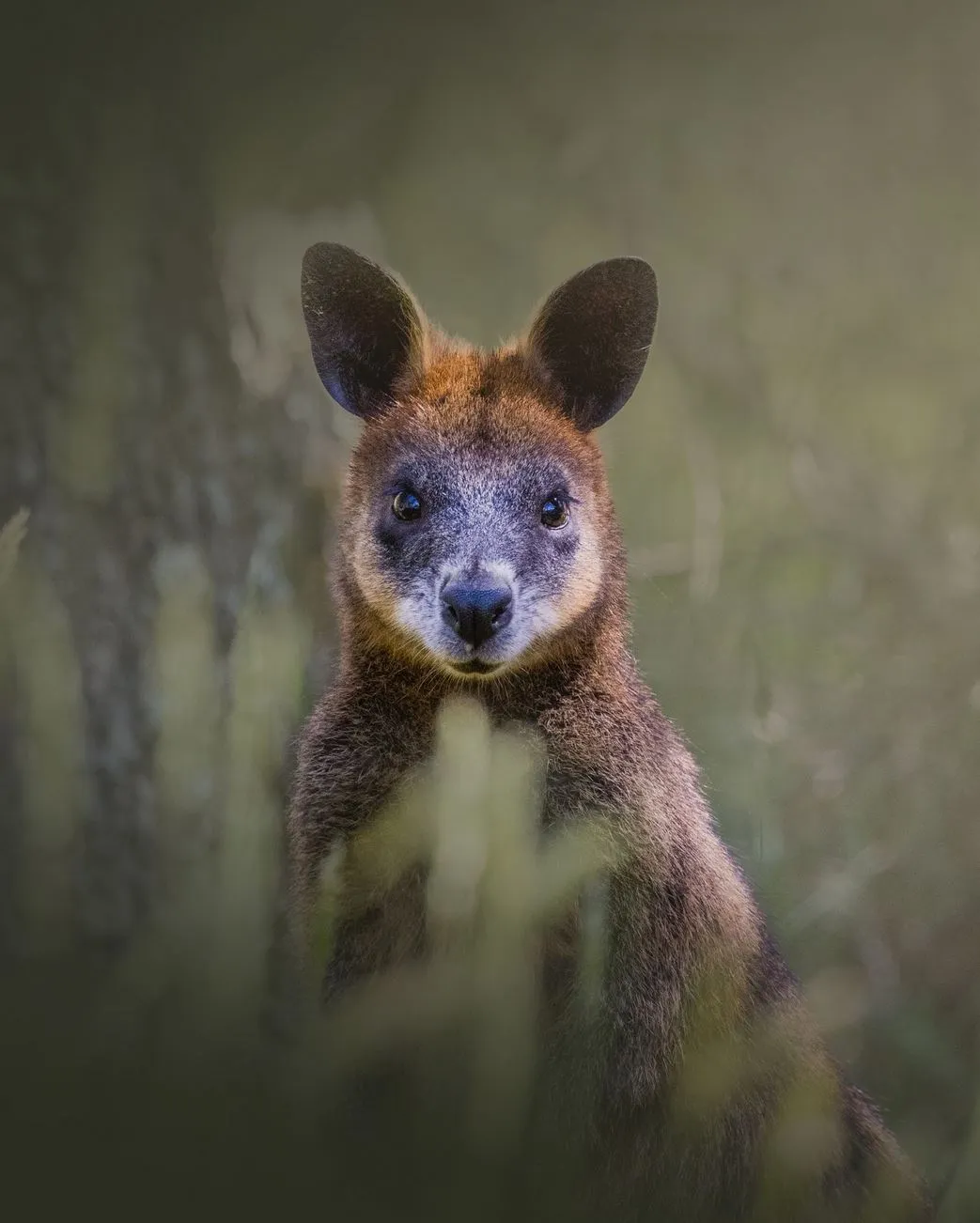
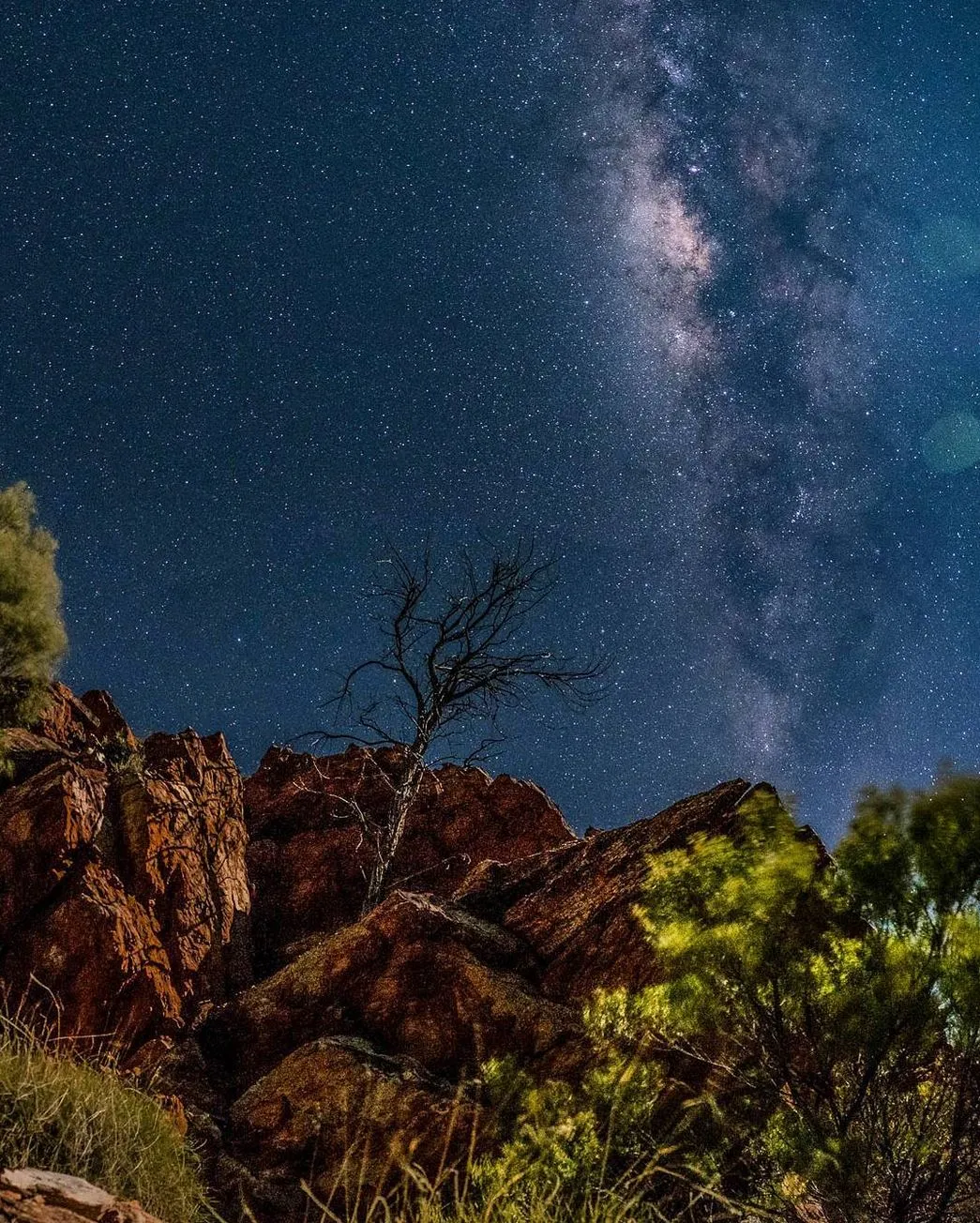
Stargazing
Being so remote and with minimal light pollution Serpentine Gorge is a stargazing paradise. On clear nights the Milky Way, Southern Cross and countless constellations can be seen in incredible detail. Visitors can spend a night under the stars making it a great spot for astrophotography or just to marvel at the Outback sky.
Explore the Larapinta Trail
Serpentine Gorge is a highlight along the Larapinta Trail, one of Australia’s most famous long-distance walks. The trail is 231km long and takes you through some of the most beautiful parts of the West MacDonnell Ranges, including Ormiston Gorge, Mount Sonder, and Glen Helen Gorge. If you’re doing Section 7 of the trail, Serpentine Gorge is a great stop to rest, reflect and take in the Outback views.
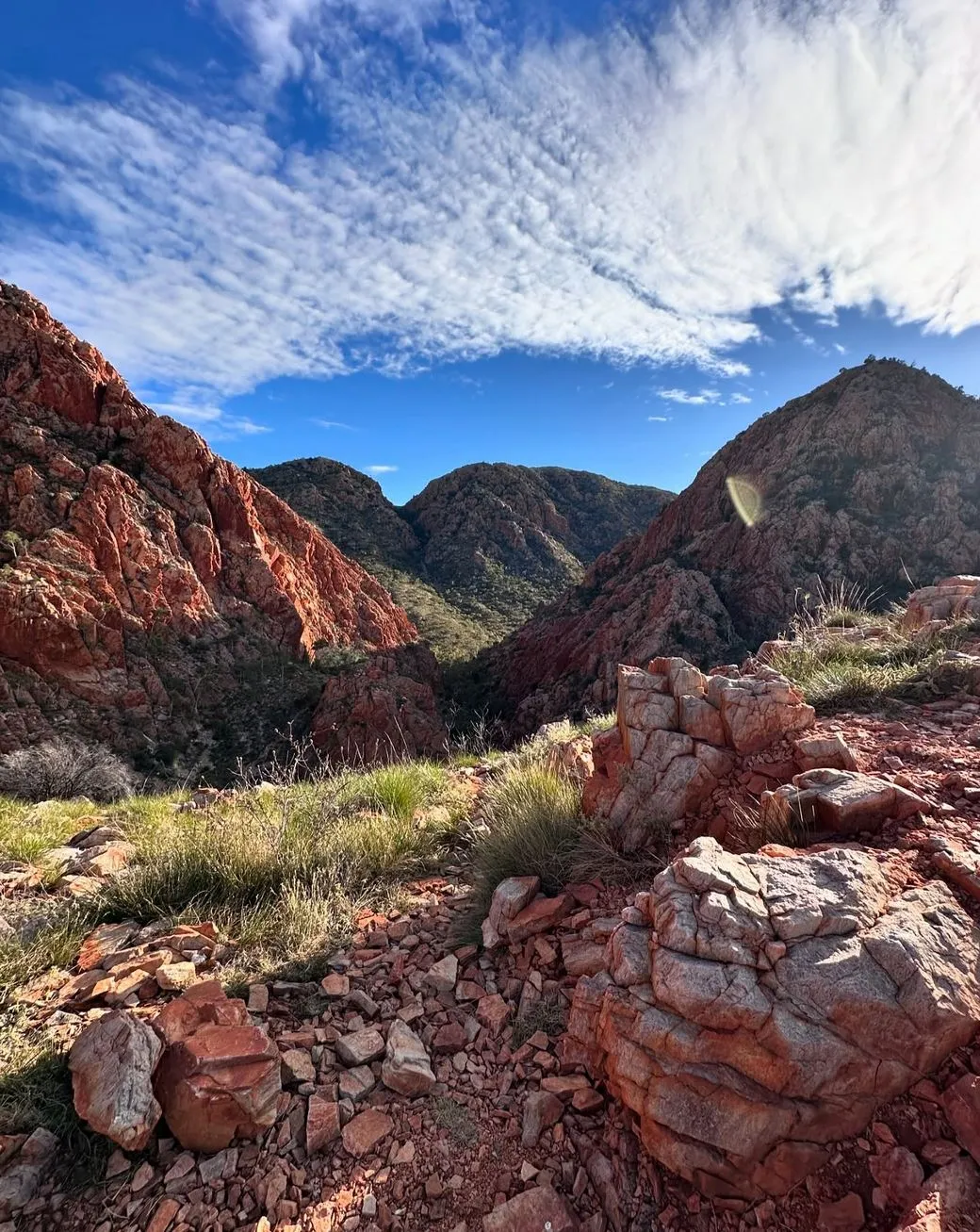
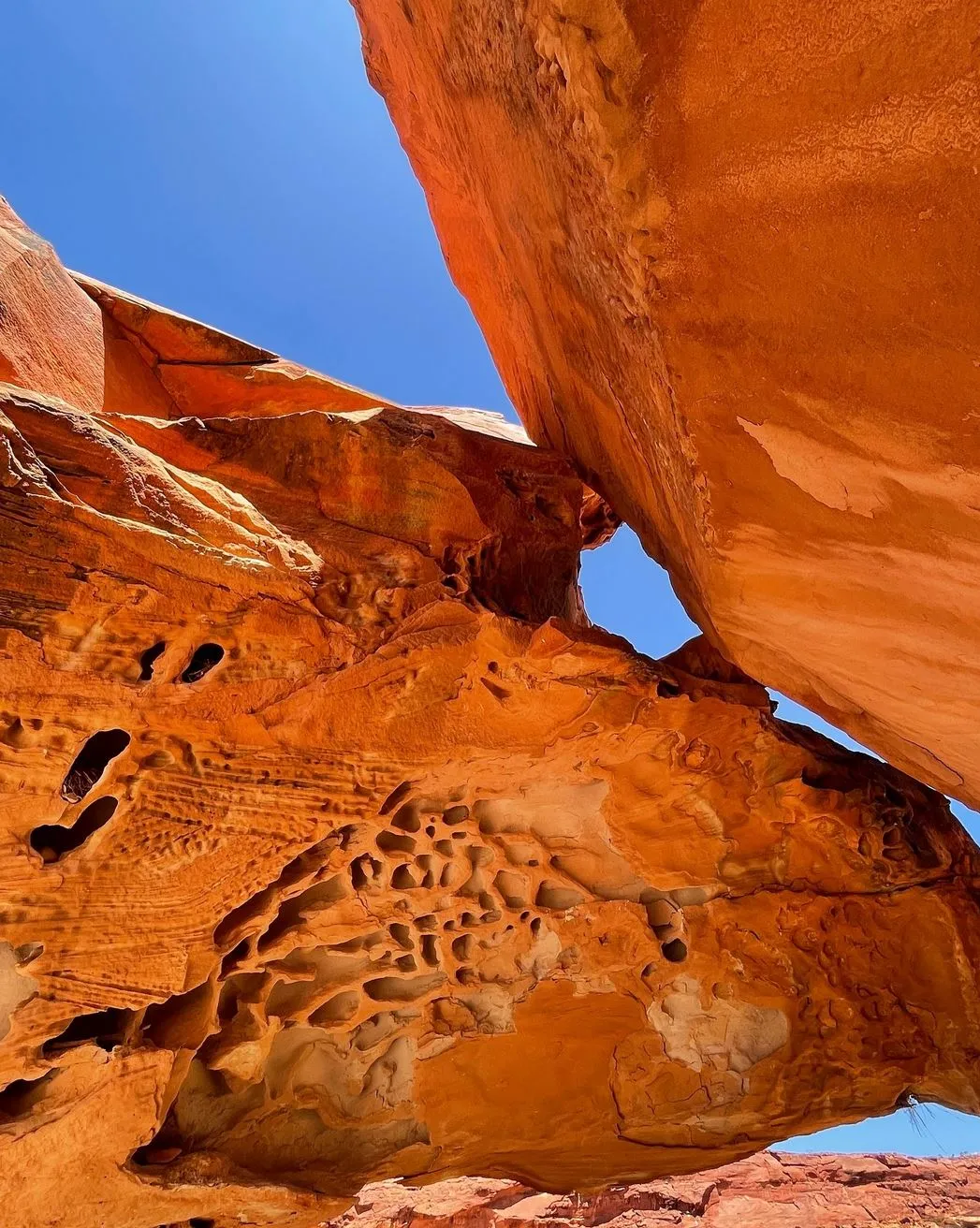
Plan Your Visit
- Location: West MacDonnell National Park, Northern Territory, Australia
- Best Time to Visit: April to September
- Access: 100km west of Alice Springs via Namatjira Drive
- Hiking Difficulty: Easy (short walk from the car park)
- Facilities: Basic picnic areas; no camping permitted
- Entry Fees: Free with Parks Pass
FAQ
Is swimming allowed in Serpentine Gorge?
No, swimming is not recommended as the waterhole is a sacred site and is often shallow or stagnant, especially in dry months.
Do I need a 4WD to get to Serpentine Gorge?
No. Under normal conditions two-wheel drive vehicles can get there but after wet weather a 4WD may be required.
No. Under normal conditions two-wheel drive vehicles can get there but after wet weather a 4WD may be required.
No, camping is not allowed at the gorge itself. However there are designated campgrounds nearby in the West MacDonnell National Park.
What should I bring?
Bring loads of water bottles, sturdy shoes, sun protection, a head torch and a camera to capture the views.
How long will I be there?
1-2 hours depending on how long you want to spend at the waterhole and the lookout.
